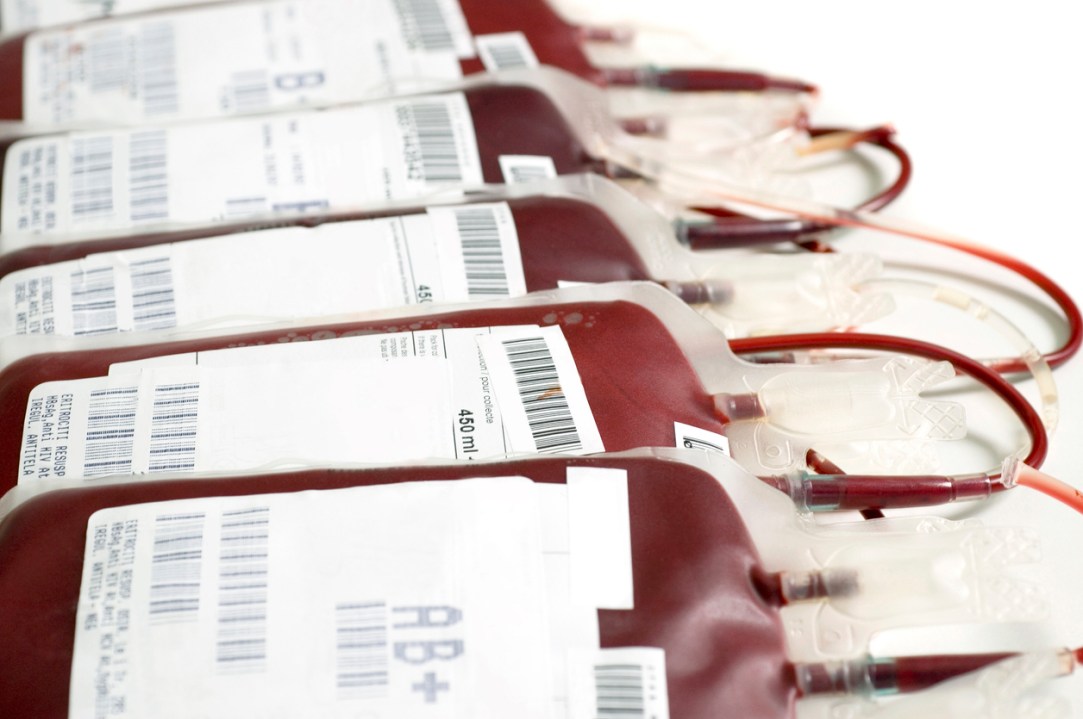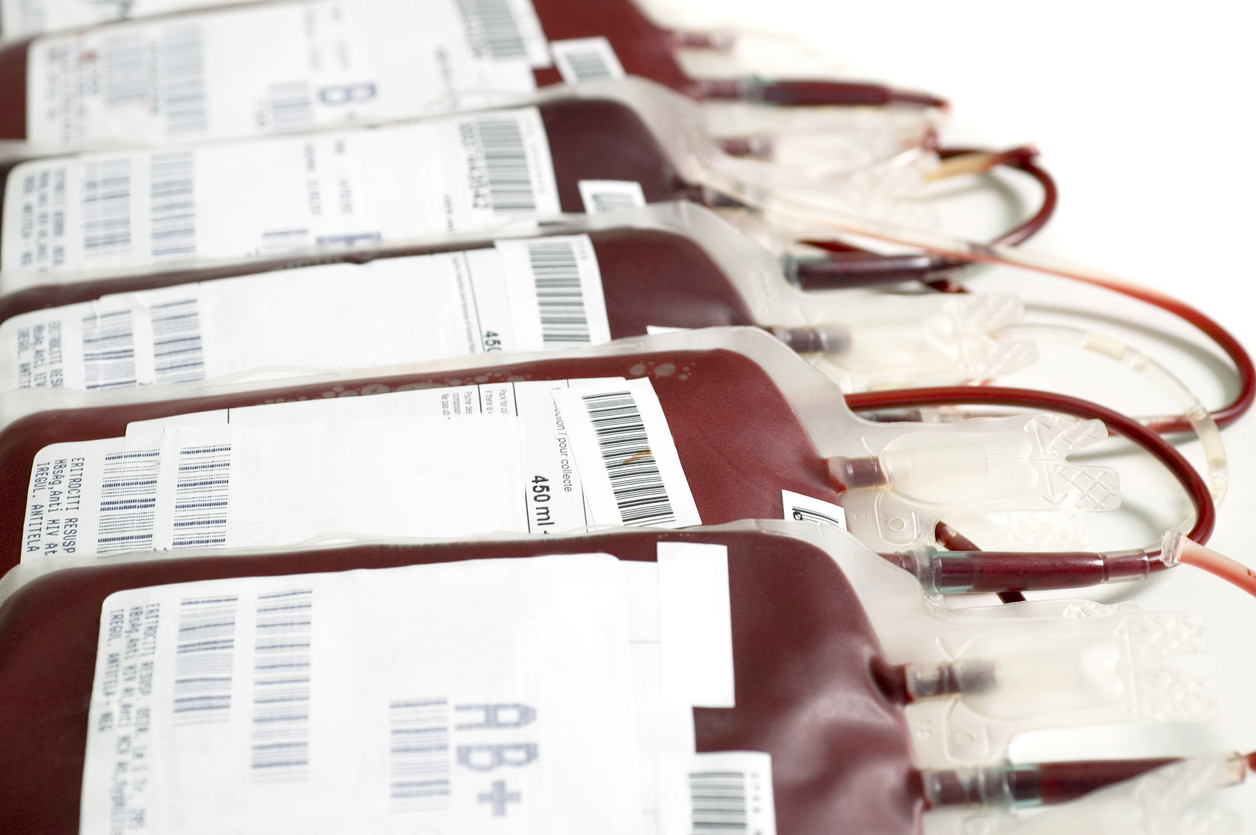The Financial Times estimated on 10 May that the impending compensation relating to the UK haemophilia treatment misadventure around 1980 will reach £12 billion. The Times has suggested the figure is £8 billion. These are very large sums indeed, and they relate to previous UK government failures to engage with a problem that the press now refers to as a scandal. ‘Scandal’ implies gross maladministration and/or professional incompetence, and the current (third) inquiry into the matter, under Judge Langstaff, now needs to resolve the problem without any further delay. Judge Langstaff has undertaken to report by the autumn of this year, and he has already recommended interim awards of compensation.
The term haemophilia describes an inherited inability to coagulate blood. Mostly it takes the form of a lack of one of two plasma factors, eight and nine, which occurs only in boys. About two-thirds of those who have this deficiency are moderately to severely affected, and historically their way of life had to be very restricted in order to avoid injuries and consequent bleeds. Few of them survived beyond childhood, often dying from unstoppable intra-cranial bleeding.
Since the foundation of the NHS there has, however, been sustained improvement in the treatment of haemophilia. MRC-funded and international research has led to the use of factor eight and factor nine cryoprecipitates and concentrates. By the mid-1970s the concentrates in particular had seemed to promise severely affected boys a prolonged and active life; and these could often be given to the boys at home by their parents.
But not long after the introduction of concentrates, a grave setback appeared in the shape of a 1983 report of HIV infection in a US haemophilia patient. Soon many more such infections were being diagnosed worldwide, including in the UK. The concentrates were mainly manufactured commercially from pools of thousands of plasmas, often derived from unselected donors. Inevitably a few of these donors were carriers of HIV and/or hepatitis C virus (HCV), and during the following years the two viruses proved to be deadly for some recipients of concentrates. It is only in the last 20 years that these infections have become routinely treatable or curable with little further associated mortality.
By 1985 it had become clear that blood donor selection in UK must be yet more rigorous, and HIV infection tested for. But the UK-sourced supplies of concentrate still remained insufficient, and the extra scrutiny of donors did not extend to the international donors whose plasmas were still the source of much of the factor concentrate being used in the UK. It was only from 1986 that investigations of heat treatment proved that moderate heat would kill HIV and HCV without inactivating the concentrates.
As for the testing of blood donors for HCV, this only began in UK in 1991, and already by then the issue of compensation for chronic illness, distress and loss of earnings during the previous decade was being raised. In 2009 a non-official public inquiry under Lord Archer, which was entirely supported by voluntary donations and pro gratis professional input, recommended changes in local UK product sourcing and manufacture as well as patient compensation. But the government of the day still did not, as the US and Irish governments had already done, offer significant compensation.
Later, in devolved Scotland, the official Penrose Inquiry examined the issues as they applied there. Judge Penrose reported in 2015, concluding that there was no case for compensation in Scotland. This was immediately characterised by the Haemophilia society and others as a ‘whitewash’, while The press began to refer to it as a scandal. The society campaigned for a UK-wide public inquiry with full legal funding and witnesses compelled to appear. This was finally granted by the UK government as the Langstaff Inquiry. It has by now sat for nearly three years and is due to report.
Many of those in government, in the Department of Health, and in clinical practice in the 1970s and 1980s have since died, and the main issue before the inquiry now is what to do to meet the longstanding grievances of the hundreds of surviving patients and their families, based on the period between about 1975 and 1985 when some NHS treatment was harmful. This includes both haemophilia patients and some recipients of infected whole blood transfusions. It seems unlikely that this retrospective will identify anything other than occasional malpractice, but the fact remains that great suffering arose from well-intended, potentially transformative, treatment. Realistically, amends have to be made for the distress and stigma, the loss of earnings and the physical harm done to patients. Family members have suffered too.
The figure of £12 billion suggested by the FT is scarcely nationally affordable, but how much should the compensation actually be? It may set a precedent for what one former prime minister has been heard to call ‘bad luck’, but it will be wise to give amounts large enough to discourage actions through the civil courts.
Even so, the government will bear in mind that another current public inquiry into possible NHS shortcomings, relating to the management of the Covid-19 pandemic, may also lead to claims for compensation, and in larger numbers. The treatment of haemophilia is now safe and includes new coagulant drugs. Haemophilia patients are living longer than ever before and they have gene therapy in prospect. The main compensation will relate to harm associated with some of the treatment given over about a decade from the mid-1970s onwards. Judge Langstaff’s determinations are awaited with interest.
Dr Philip Mortimer took part in the Infected blood inquiry. You can read his evidence to the inquiry here.







Comments